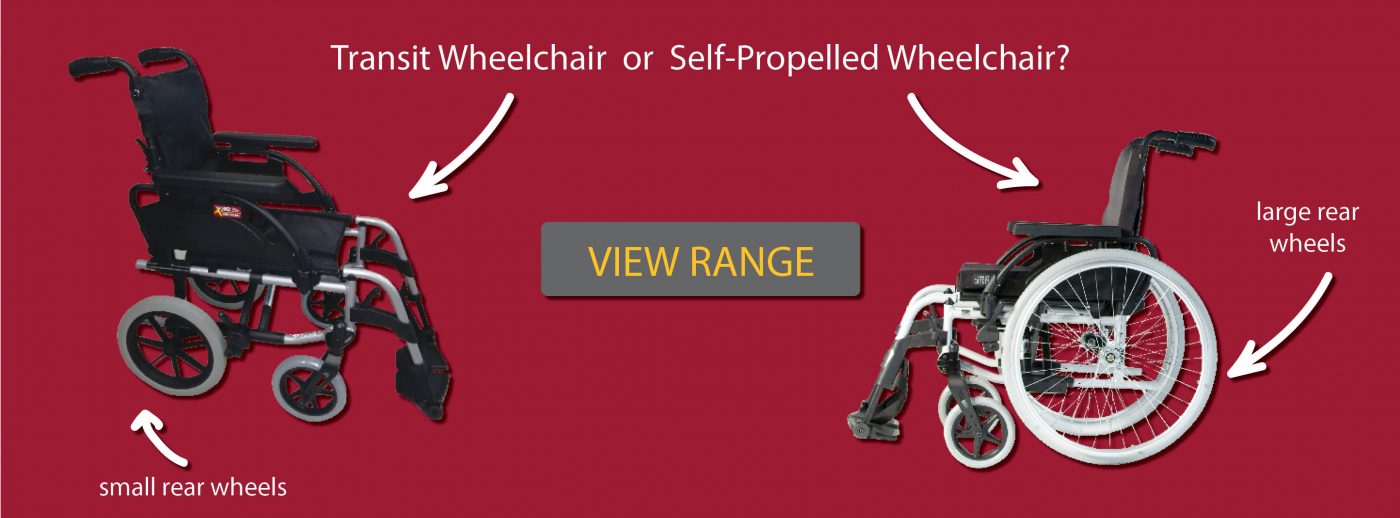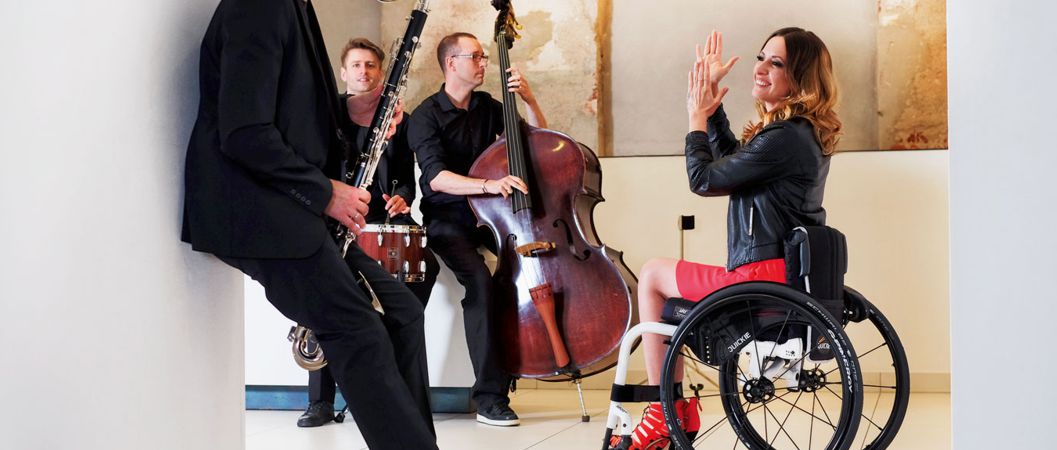Wheelchairs are important pieces of equipment for many people, whether elderly or disabled, who have difficulty or are unable to ambulate or have difficulty standing for sustained periods of time and therefore require being transported whilst seated. There are two main types of manual wheelchairs that can be used for this purpose: transit and self-propelled.
Transit wheelchairs will generally have fairly small rear wheels and do not allow the user to propel themselves whilst seated, therefore requiring the assistance of a carer or another person. Whilst on the other hand, self-propelled wheelchairs have larger wheels with push rims or rings that can be reached by the occupant, so that the users of these wheelchairs can propel themselves either short or long distance depending on the capabilities of the user and the type of chair.
Recognizing the main use of the chair
A key first step in order to determine the correct manual wheelchair for a particular situation is determining what the main use of the chair is going to be for. Some users may only require the chair on occasions such as outings, doctors’ visits or as a means of transport where it is impractical to walk the required distance. However, for many, such as a permanently disabled person, a wheelchair may be required for all of their mobility. For those who only need it on occasion, a self-propelled wheelchair may not be as necessary as for those who use wheelchairs all the time.
Portability
Another important feature to be considered is portability. A portable wheelchair ideally should be light weight, compact and foldable. However this feature may not be as necessary for wheelchairs that are able to be transported in a wheelchair accessible vehicle with the user in the chair. Obviously the weight of the wheelchair, particularly in transit wheelchairs when propelled by a carer, is a consideration as the weight will affect how easy or difficult it will be for someone to push the chair with occupant.
Overall weight
Typically, a transit wheelchair will be a lighter weight when lifting due to the rear wheel size, however a self-propelled wheelchair may be easier on the carer when pushing over grass or gravel or even when negotiating small steps, due to the larger rear wheel size. A self-propelled wheelchair would be preferable for negotiating uneven or difficult surfaces even if the use is only for short distance. A transit wheelchair will be quite difficult or almost impossible for the actual user to move independently in most circumstances.
Special needs of the user
Other features may be required in a wheelchair depending on the user’s specific needs. For instance, some users may require pressure care cushions and/or postural support. All wheelchairs have a recommended maximum user weight and this is important to be aware of. Seat width and depth can play an important role in overall comfort and support, especially for long term users. It is important that weight is evenly distributed across the seating area and that the width is not too large so as to hinder access to armrests. Narrow seats can be physically uncomfortable and lead to pressure sores. Seat depth is important since the seat must be long enough to ensure that the thighs are adequately supported. However, if the seat depth is too long since this may in turn cause pressure behind the knees. So correct seating dimensions are critical for the overall comfort and correct support of the user.
Need for footplates and armrests
Footplates and armrests may also be useful, depending on the user’s ability and the period of time intended to be spent in the wheelchair. The height of an armrest is important to ensure that the shoulders are sitting evenly and the user is not leaning to one side. Correct adjustment of the footplate height is also essential to ensure the pressure on the thighs and buttocks is evenly spread. Specialized attachments may also be required for instance, someone with a leg cast may need to keep the leg extended outwards by the use of an elevated legrest. These additions can add to the overall comfort level of a wheelchair, allowing users to sit for longer periods of time if required. However these attachments will add to the overall weight and size of the wheelchair so it is important to ensure they are removable for transport purposes.
Accessories and related benefits
Some clients may wish to consider accessories such as a tray, carry bag or oxygen bottle holder depending on their condition. For very high need clients a tilt in space wheelchair may be the best option for their pressure care and comfort needs, as these types of wheelchairs not only provide pressure relief and positioning, but they can also facilitate respiratory function.
We have a range of off the shelf wheelchairs and a larger range of custom-made or scripted wheelchairs ranging from aluminum to carbon fibre. There are range of sizes and styles that are available. We recommend an expert fitting or assessment with one of our qualified consultants in order to determine all the necessary designs and additions to meet the user’s needs. We also recommend the input of a therapist to ensure all the clinical needs of the user are catered for.


